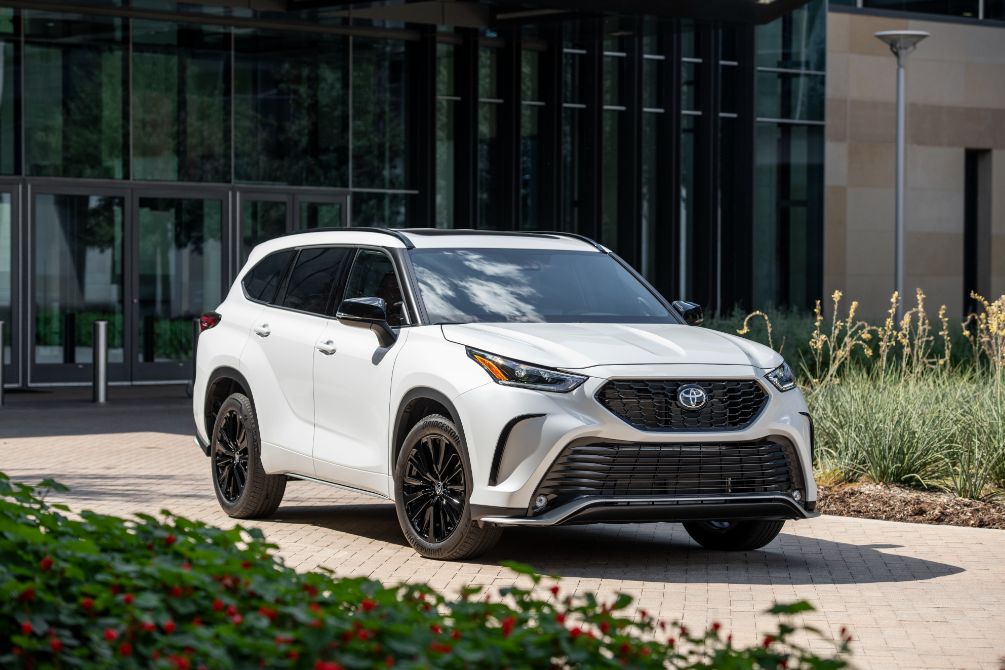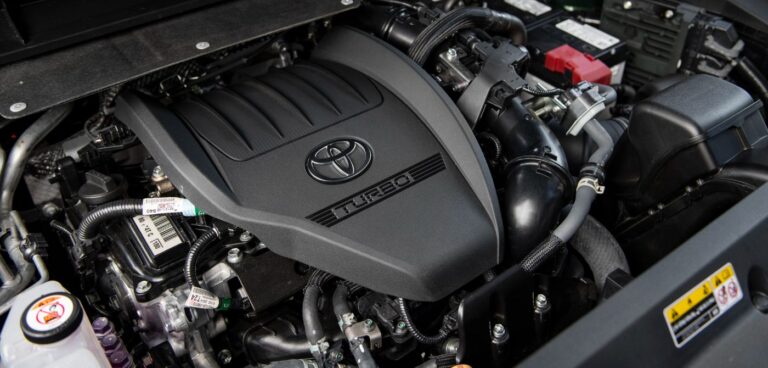To ensure the petrol version of the 2023 Toyota Highlander delivers a high level of performance and reduced emissions, the OEM’s engineers have developed an entirely new powertrain.
Next year’s model benefits from a 2.4-liter turbocharged four-cylinder engine which produces 269ps and 420Nm of torque, a 17% increase over the previous engine’s torque figure of 357Nm. For smooth running, the powertrain uses balance shafts and can deliver a fuel efficiency of up to 25mpg combined. Furthermore, compared to the last model’s V6 engine, Toyota’s newest powertrain produced 50% less NOx and 50% less non-methane organic gas.
The Highlander turbo models can be optioned in front-wheel-drive or two differing all-wheel-drive options. Specifically for the Highlander Gas L, LE and XLE variants, the optional AWD system is capable of delivering up to 50% of the available torque to the rear wheels to aid in countering wheel slip.
Additionally, for the Highlander XSE, Limited and Platinum turbo variants, Dynamic Torque Vectoring all-wheel drive with Drive Mode Select and Driveline Disconnect features as standard. This enables torque distribution between the front and rear wheels, in addition to specially designed couplings which can actively manage torque distribution between individual rear wheels for maximum traction.
When AWD is not required, Driveline Disconnect can automatically disengage drive to the rear wheels, stopping the prop shaft from rotating to reduce fuel consumption. The system can then be reengaged when AWD is needed again.
Dynamic Torque Vectoring AWD also works in tandem with the Highlander’s AWD Integrated Management system to optimize throttle control, transmission shift control, electric power steering and drive torque distribution for improved handling characteristics.



